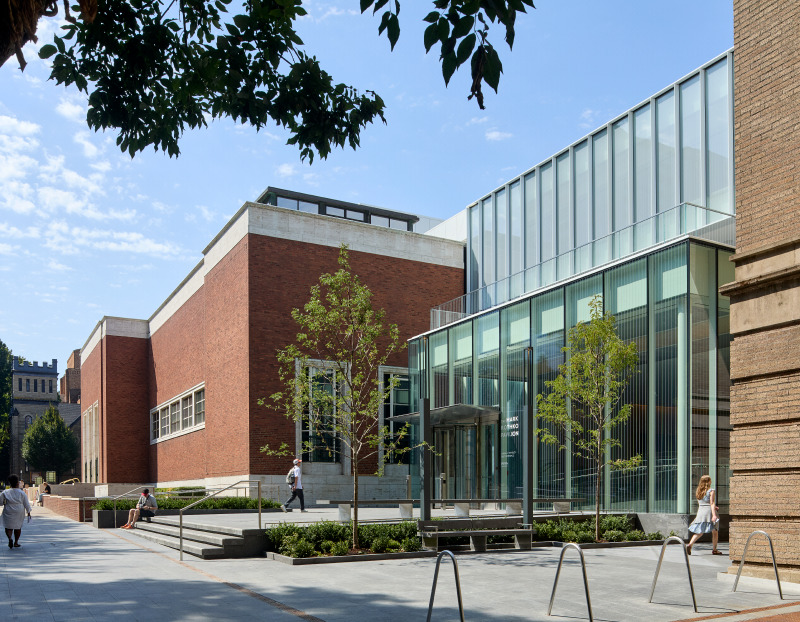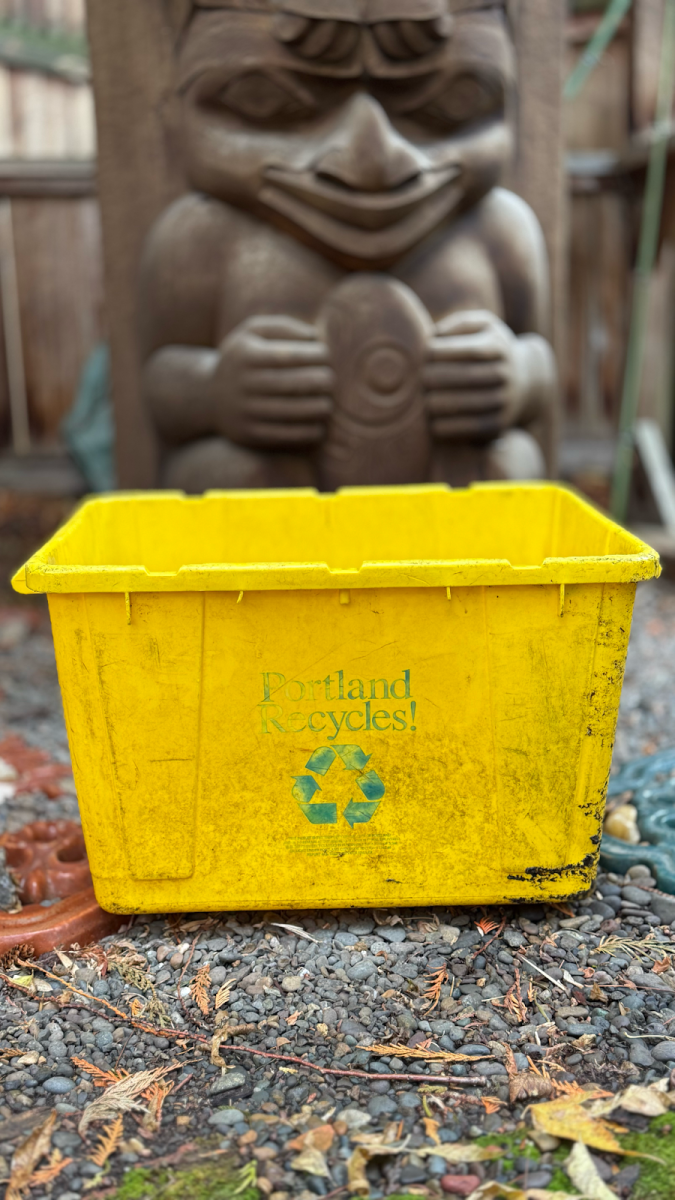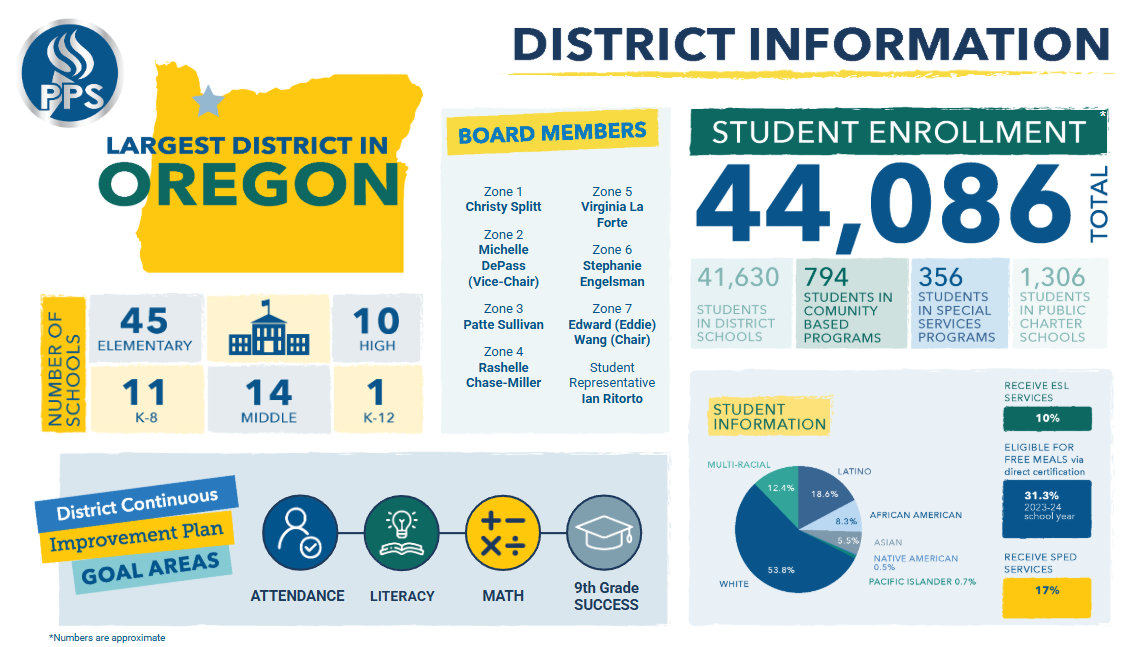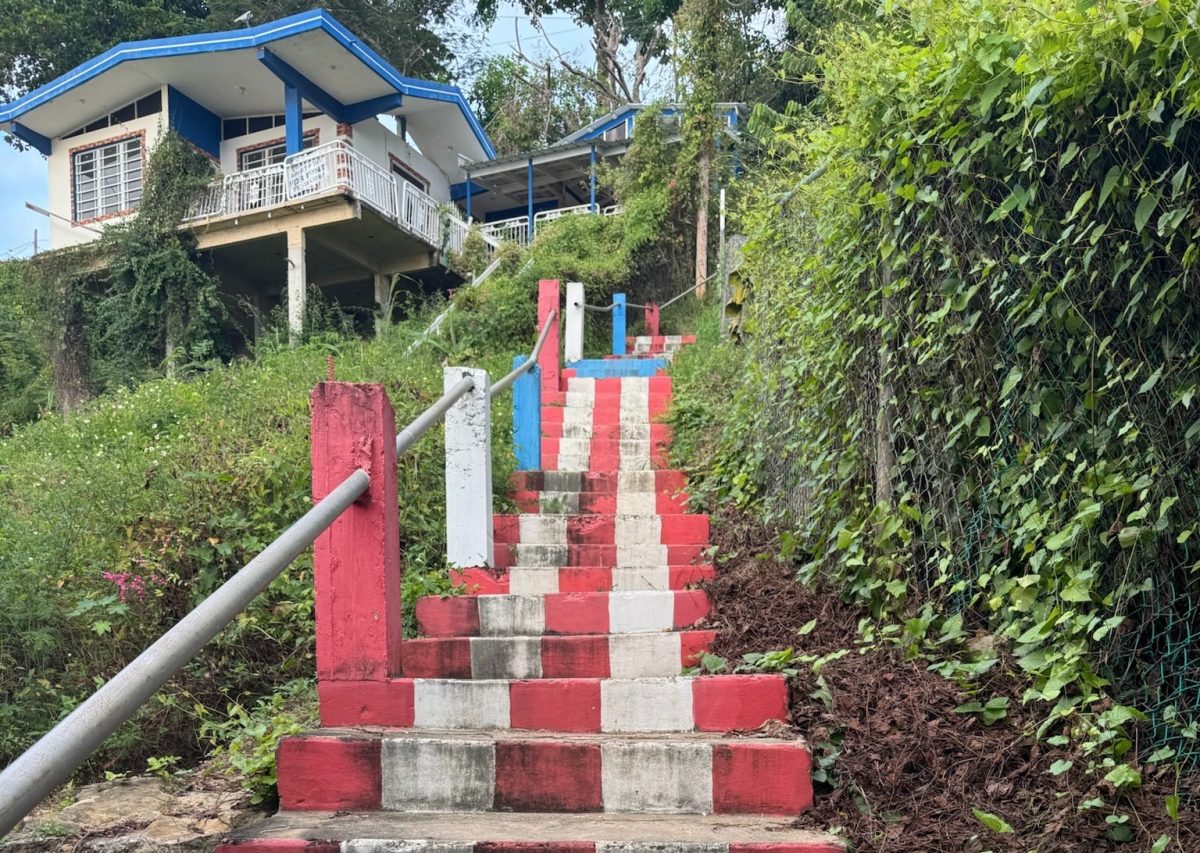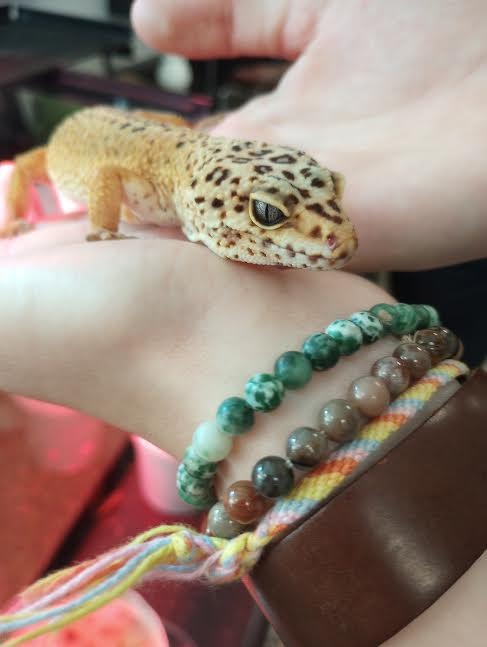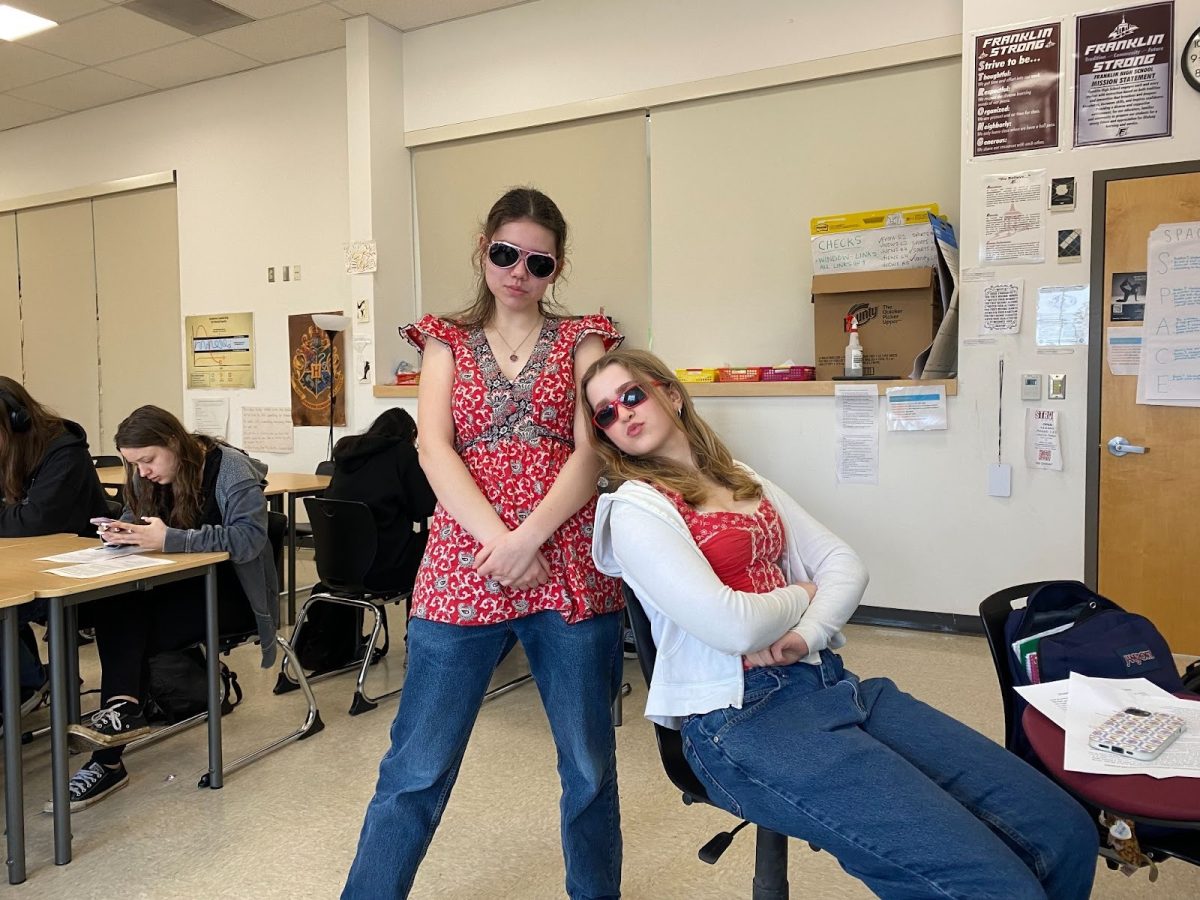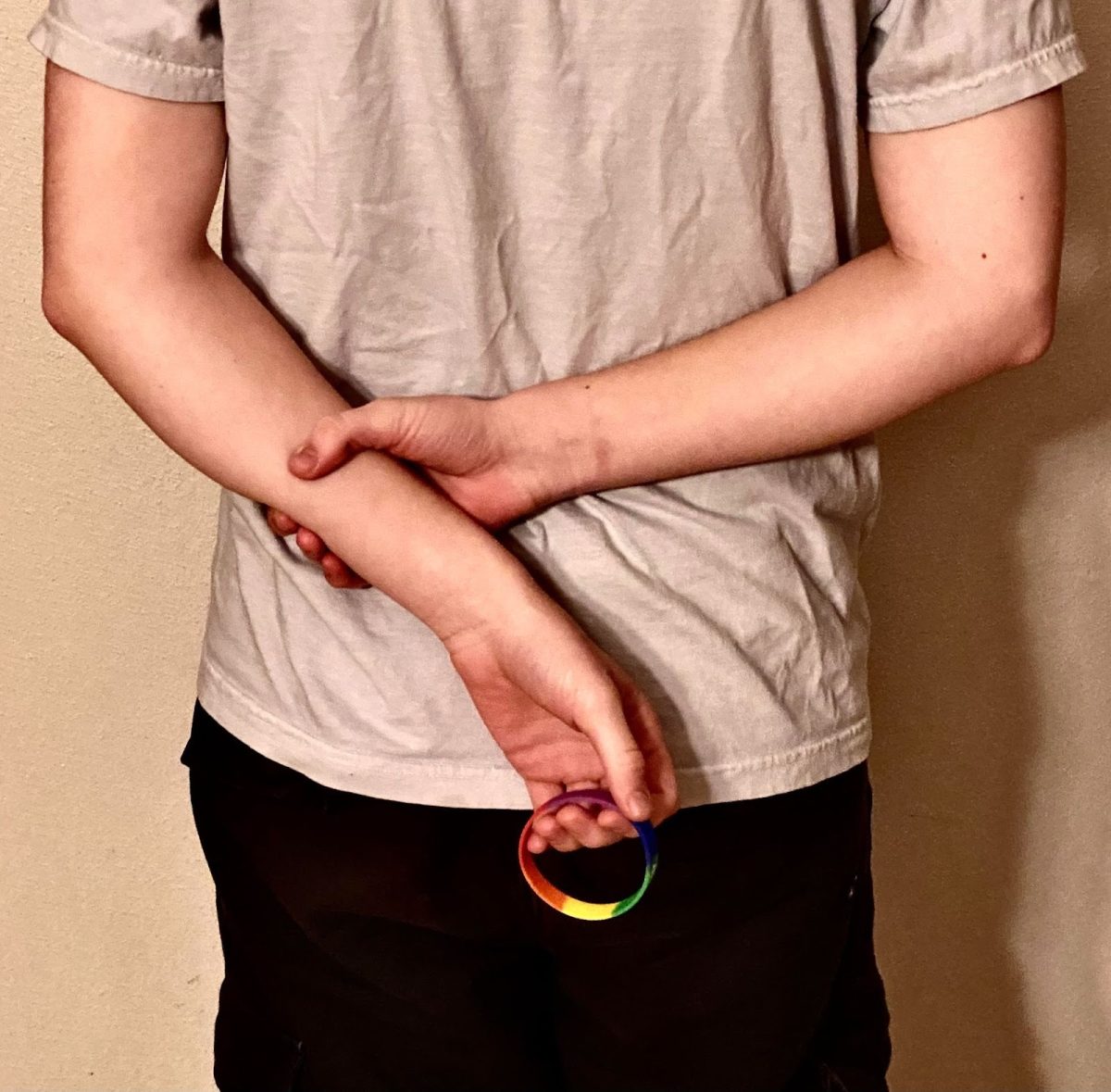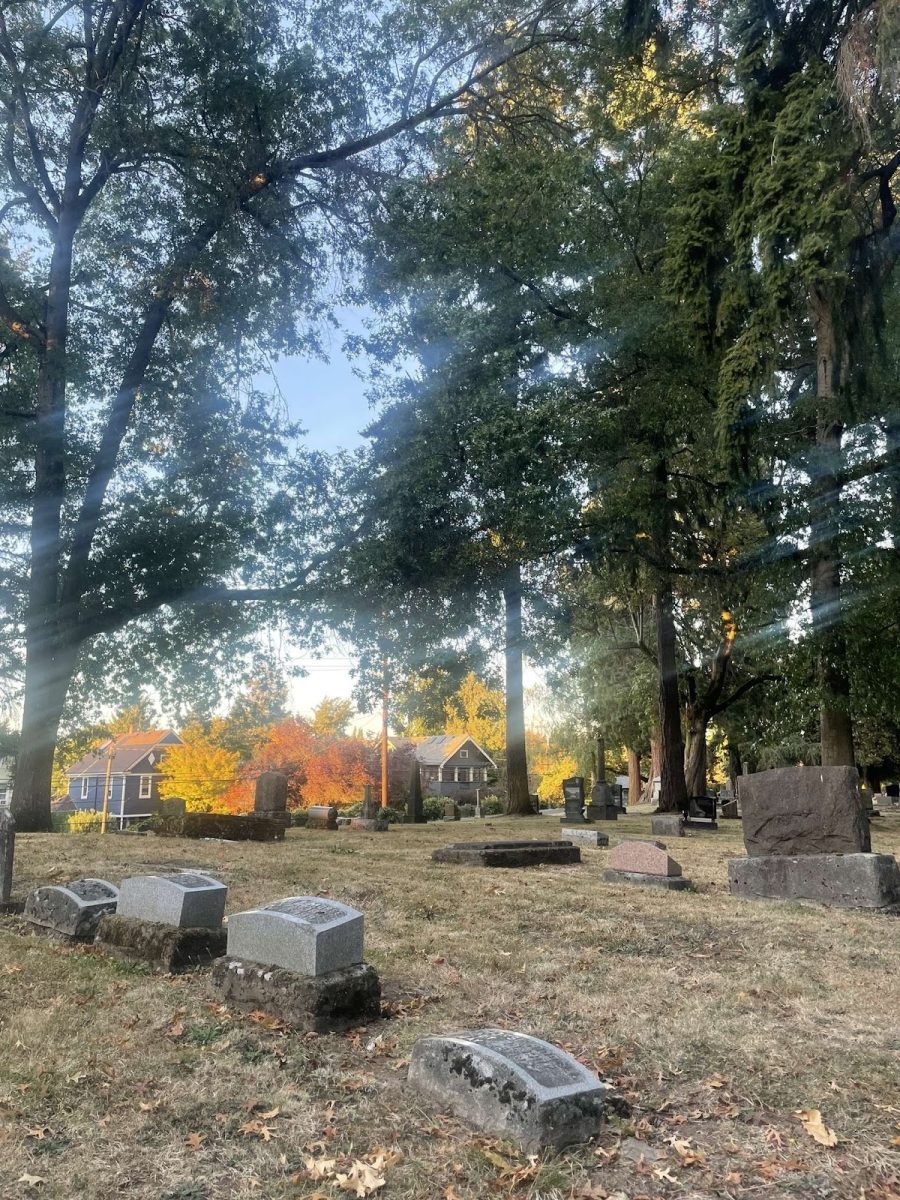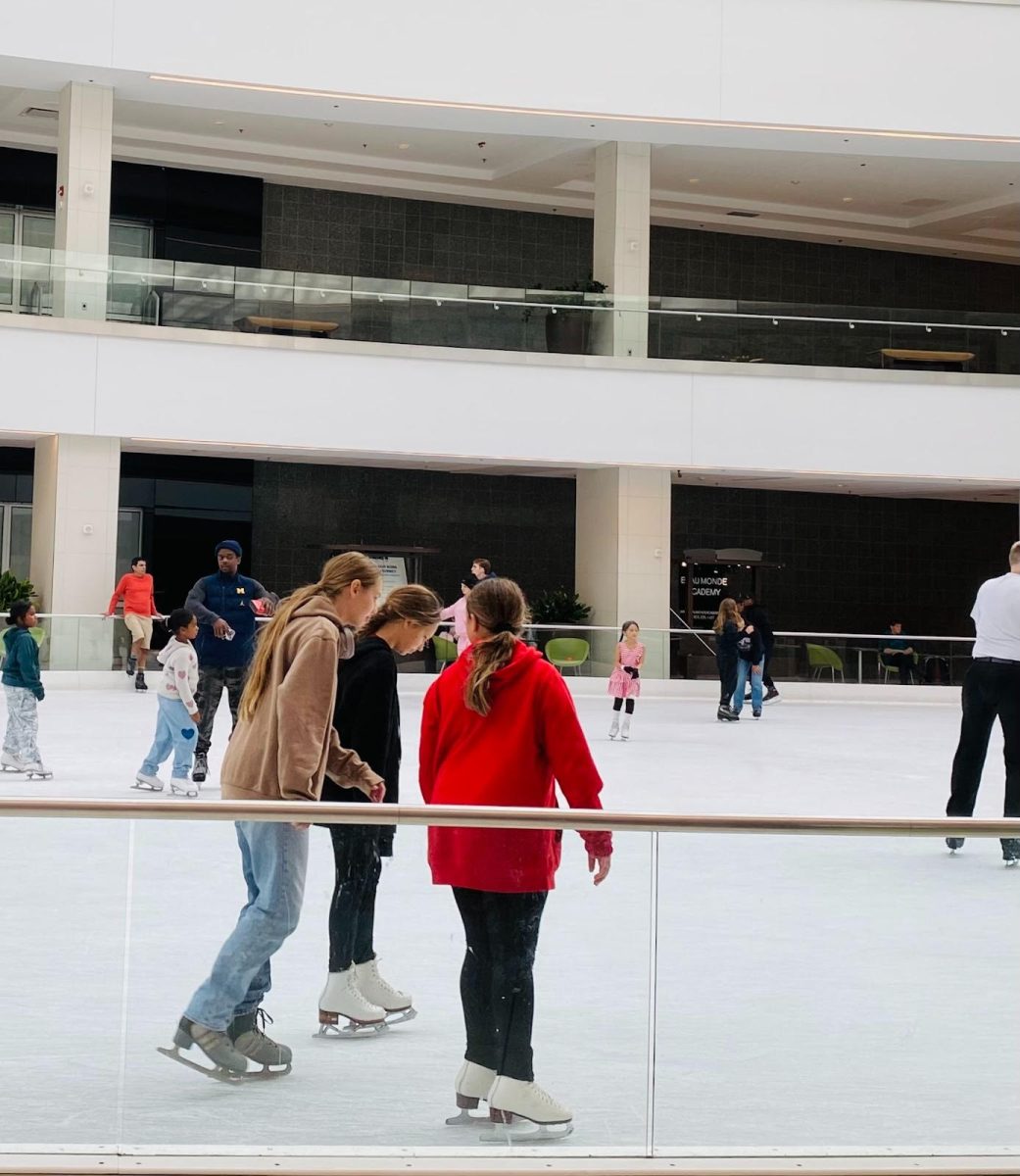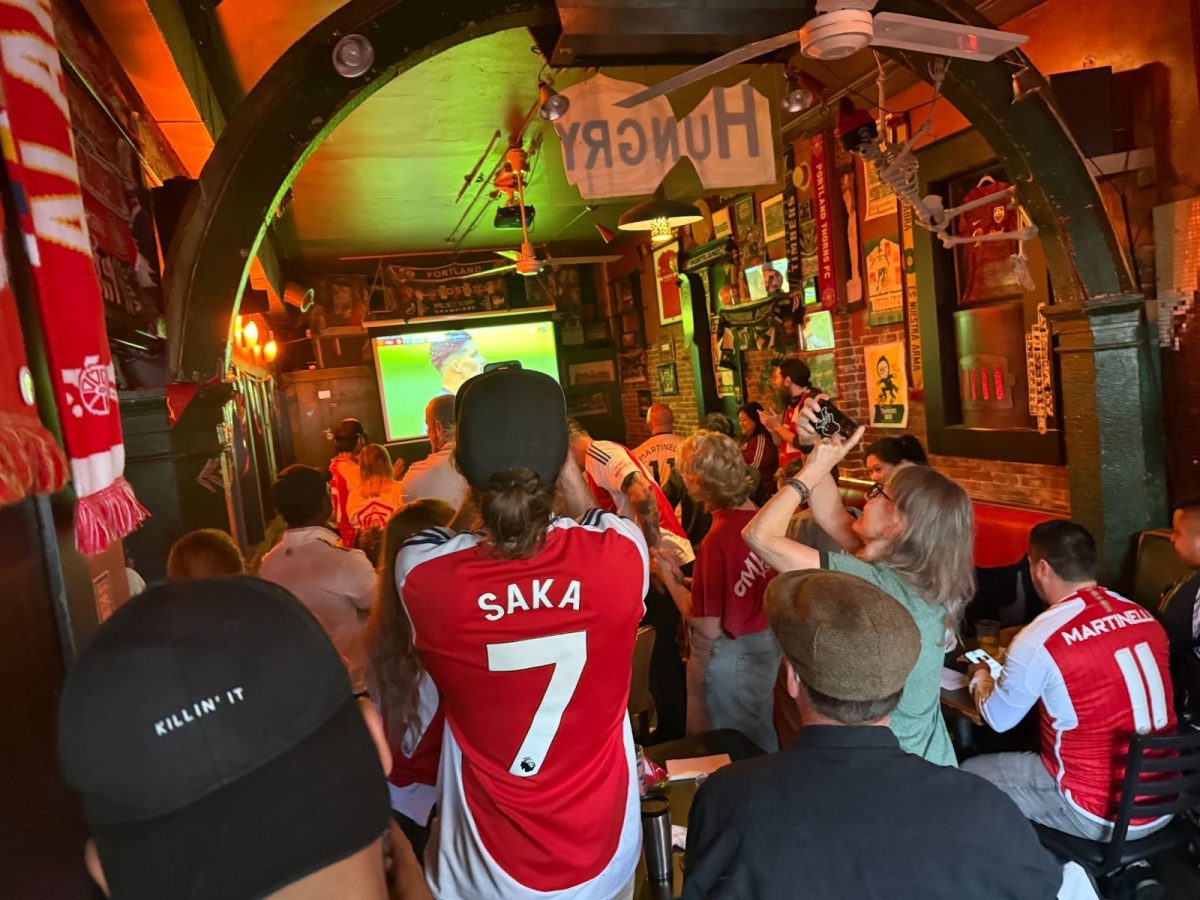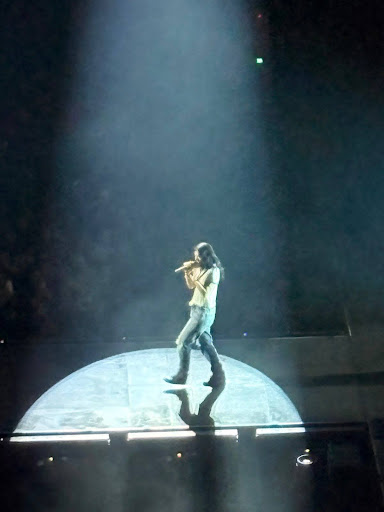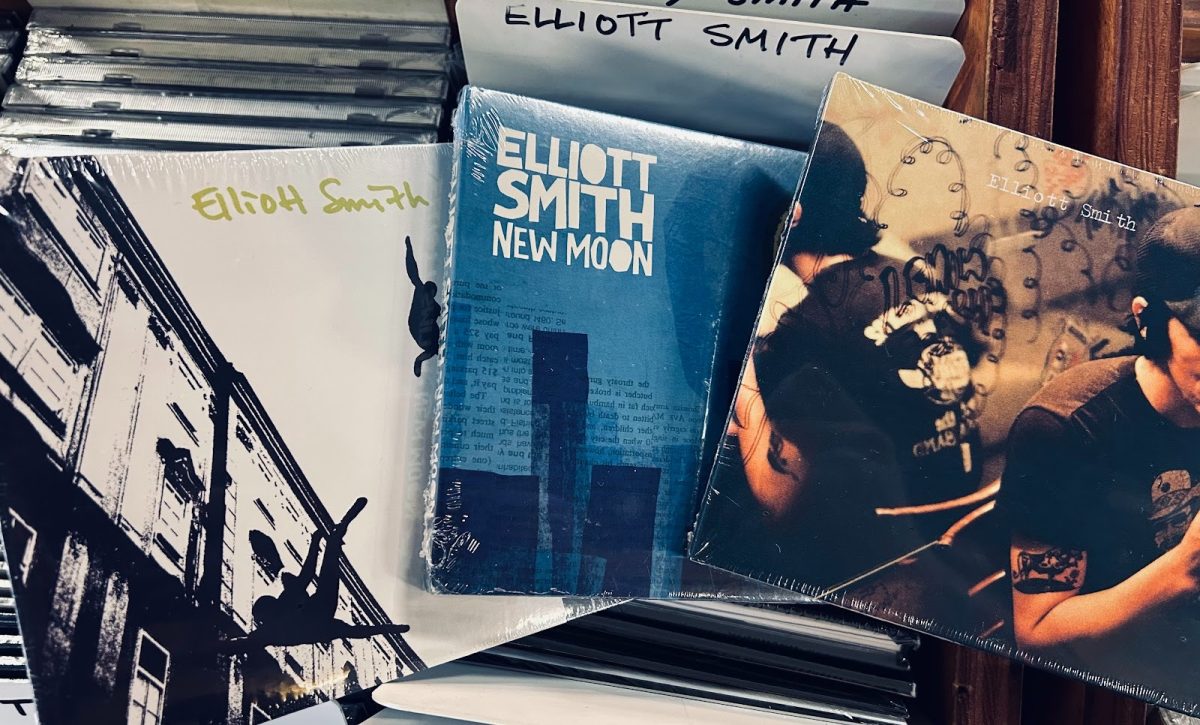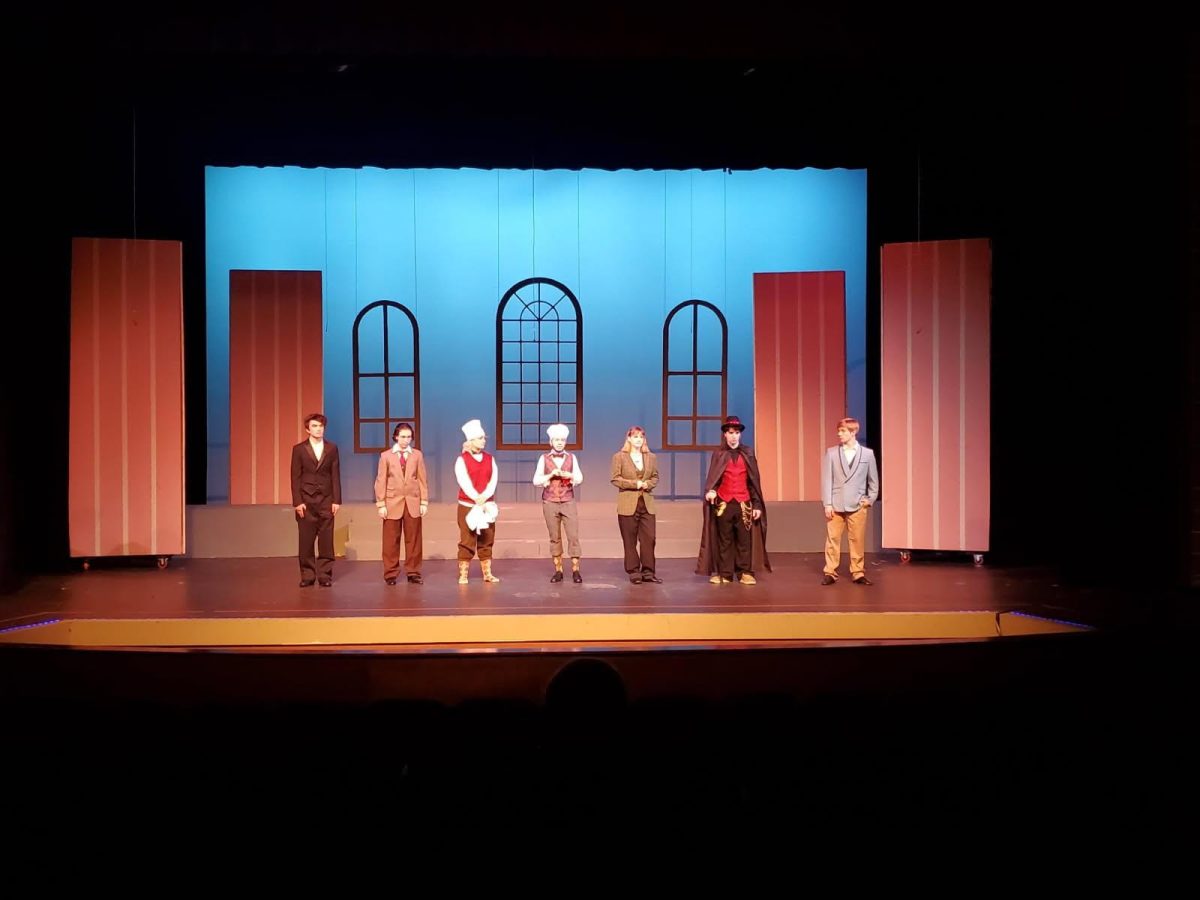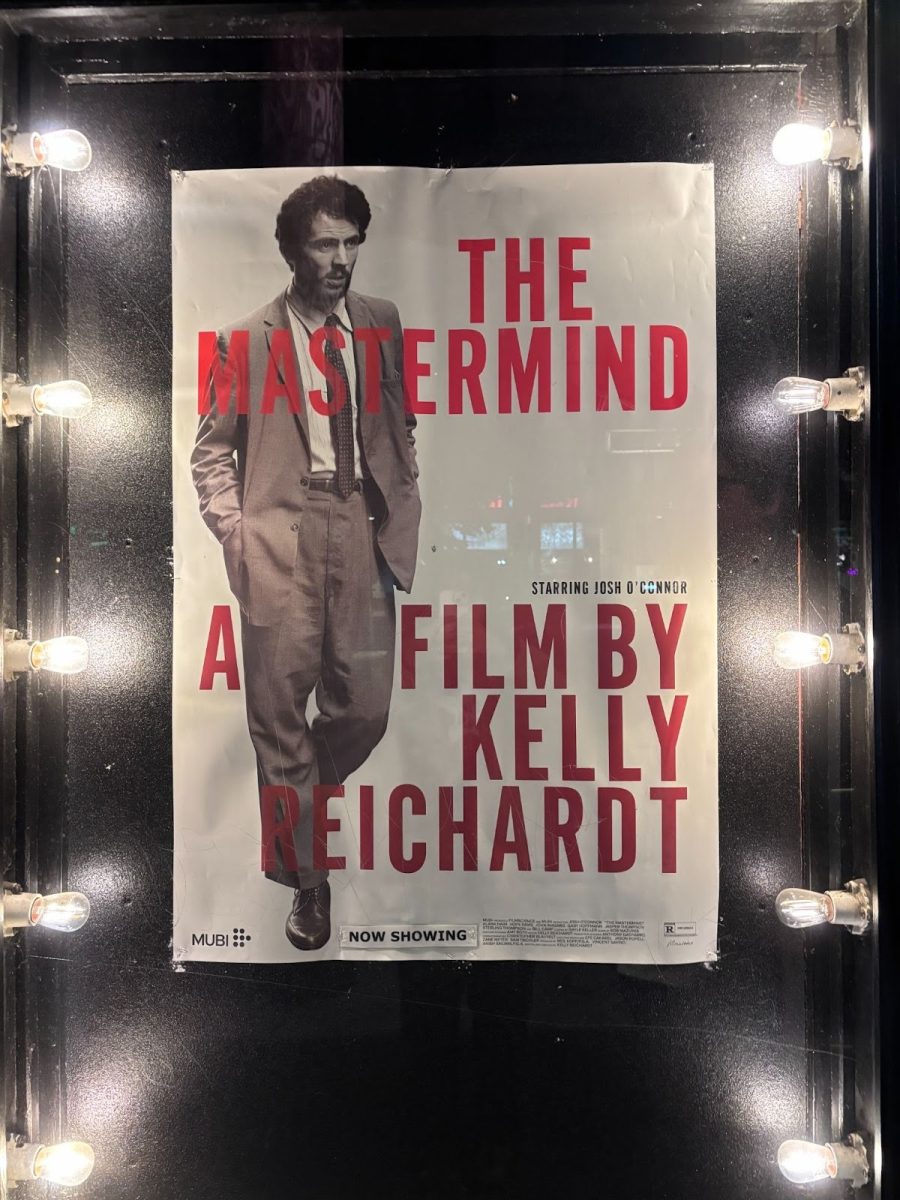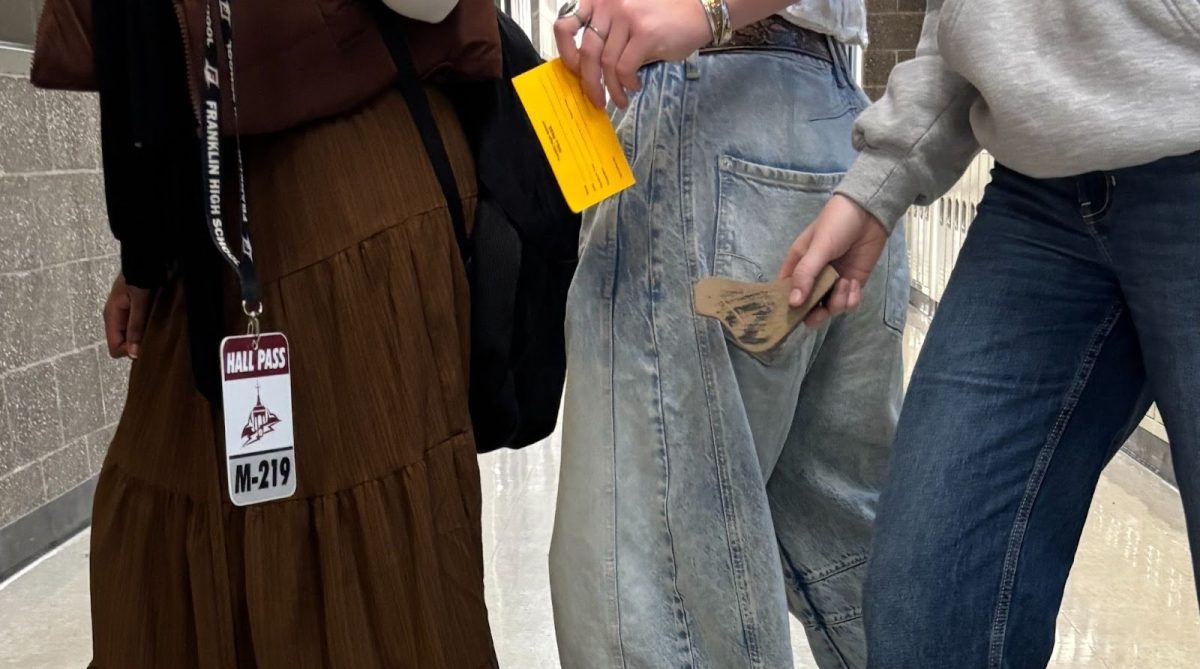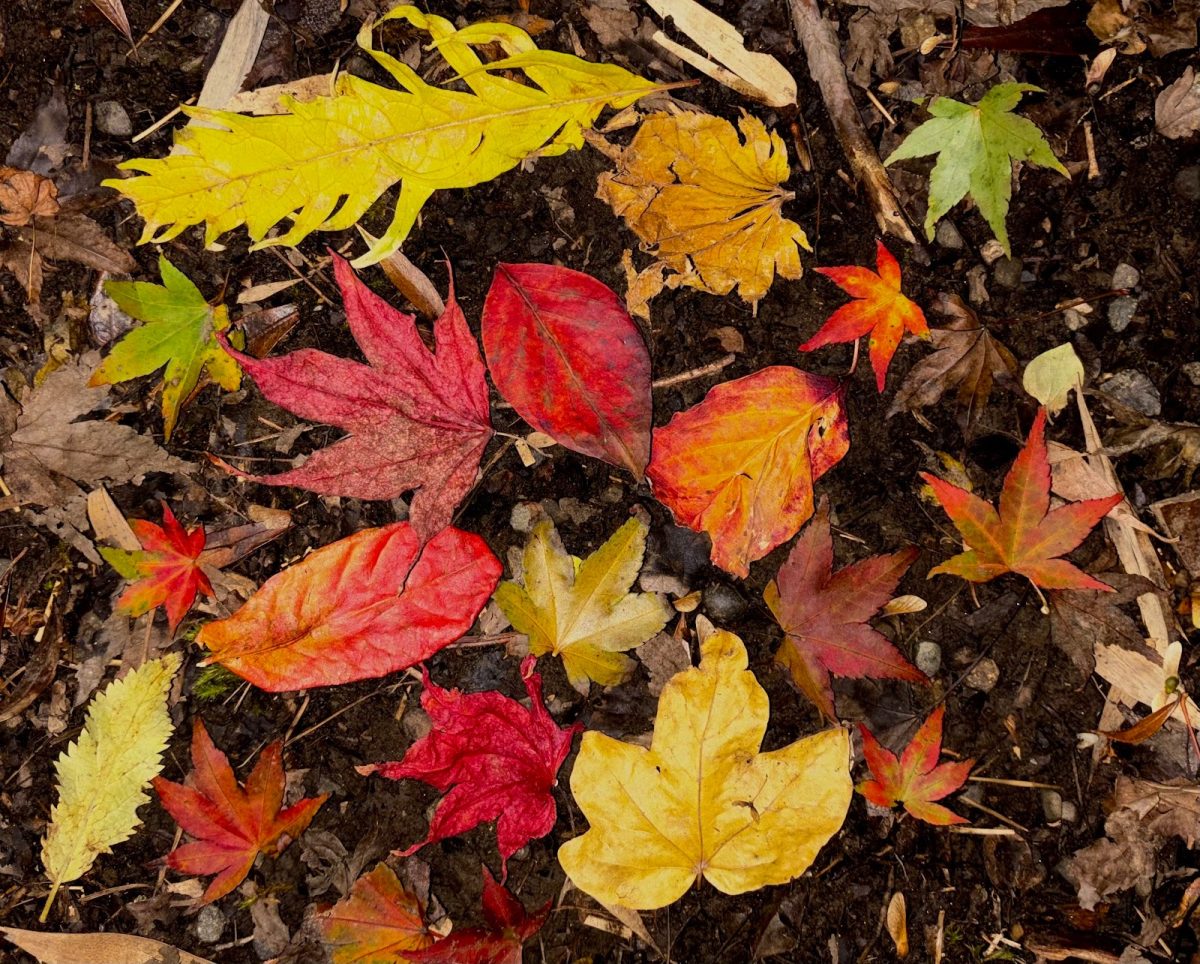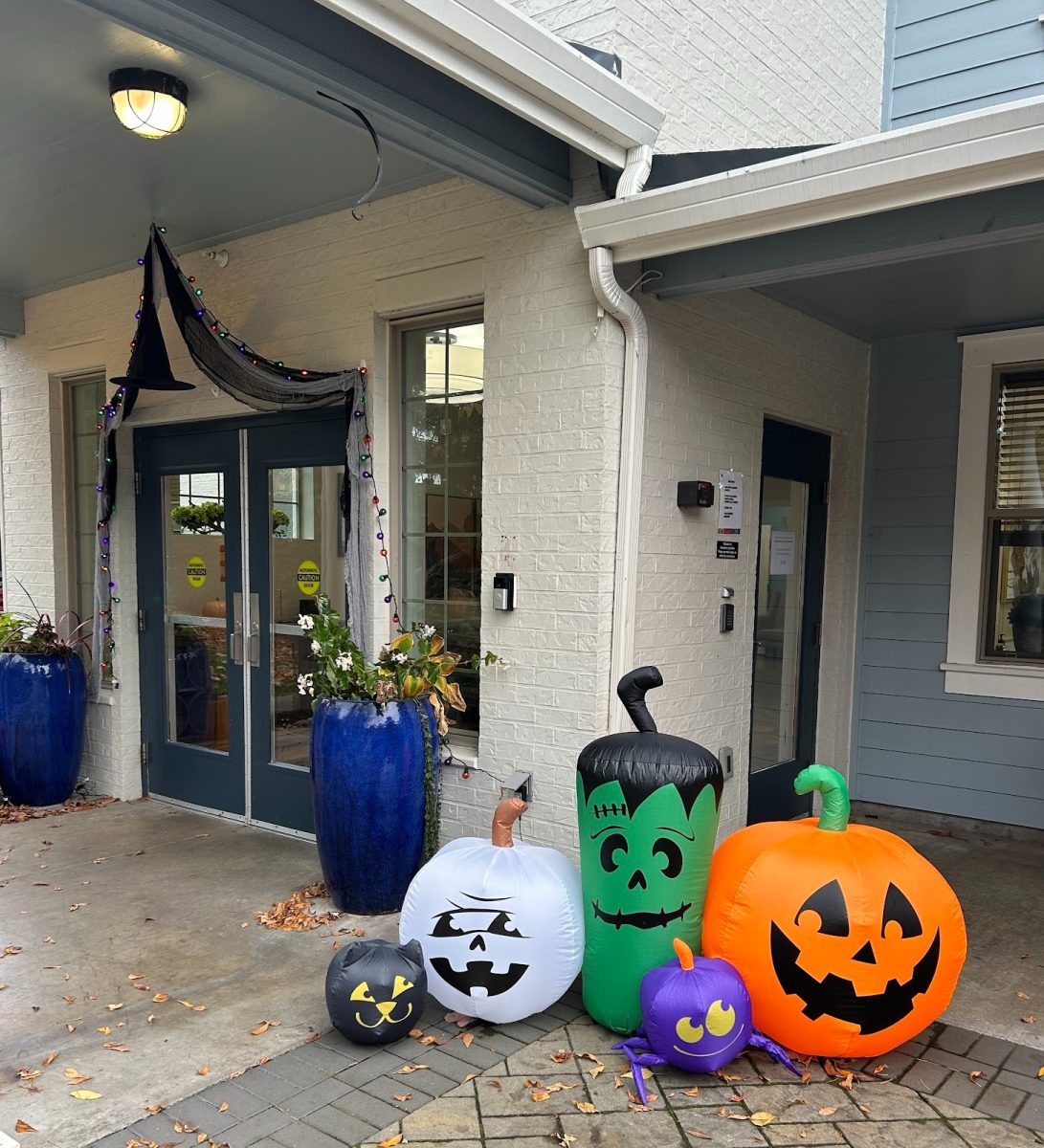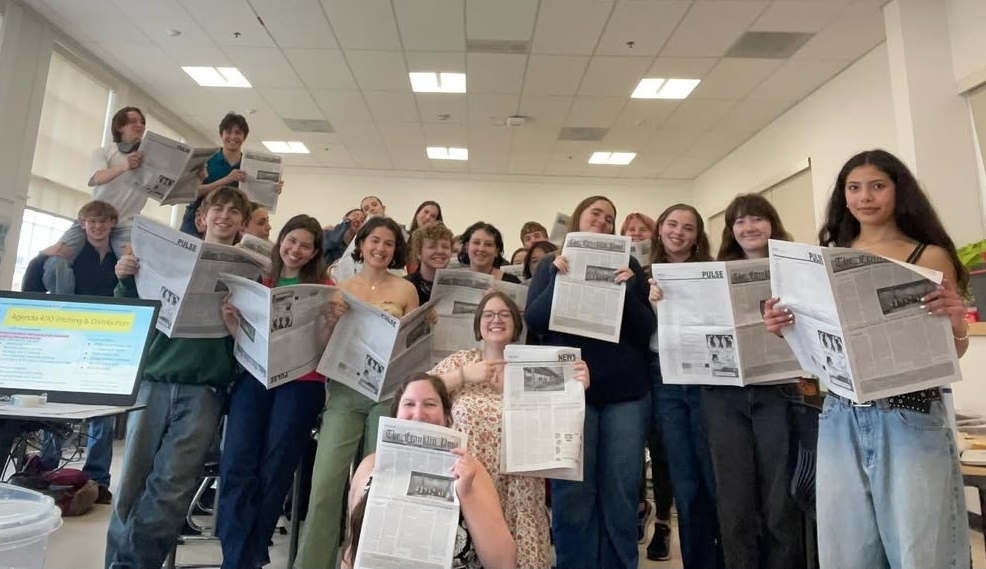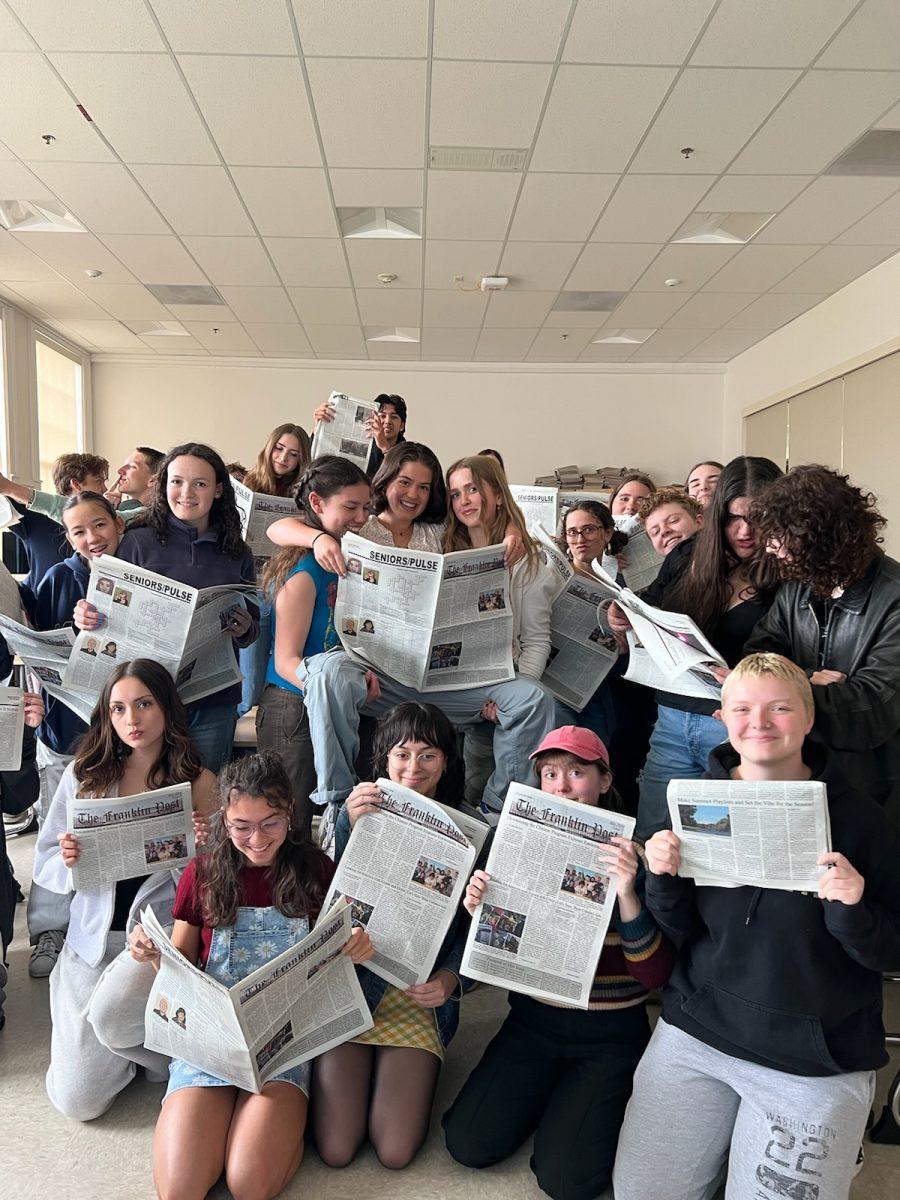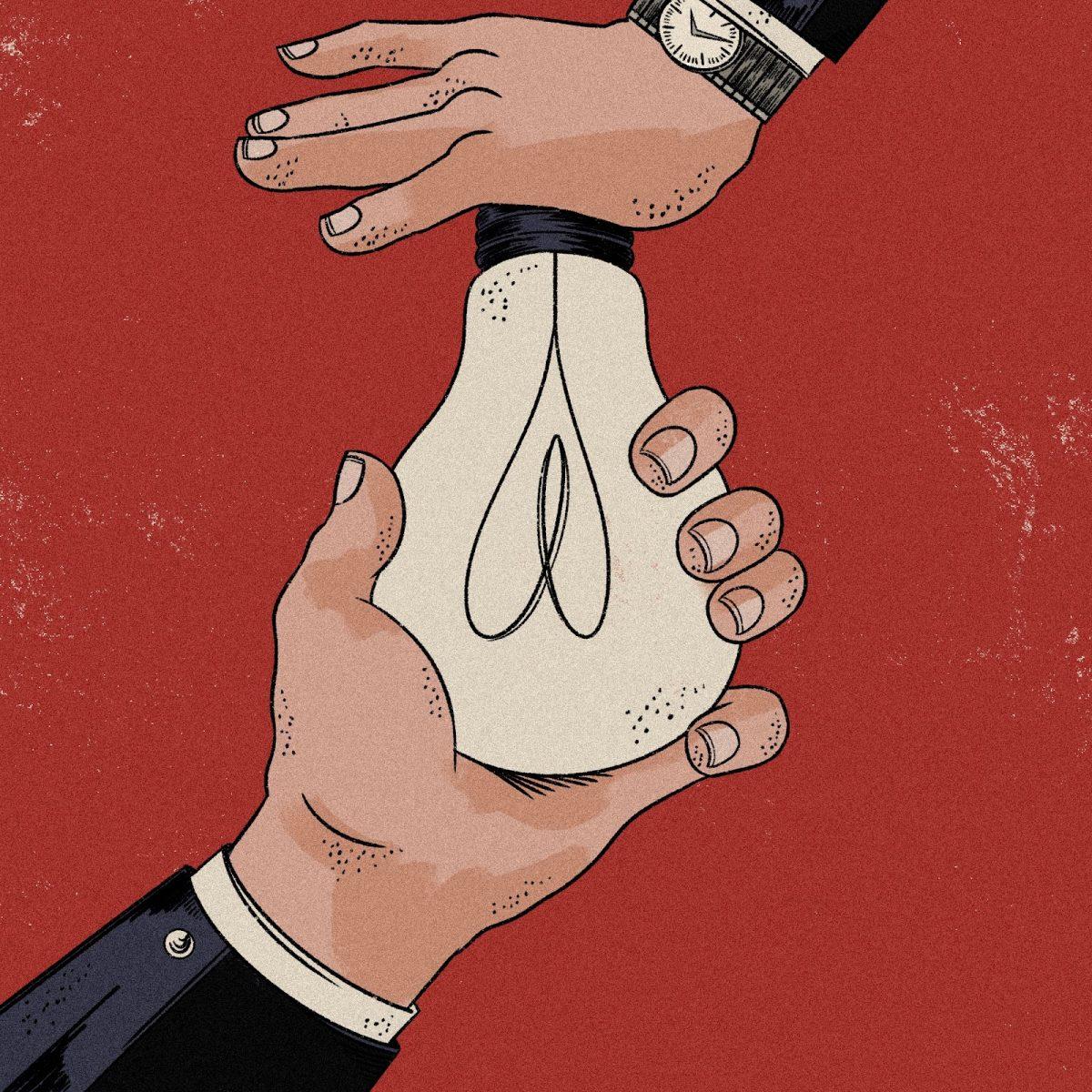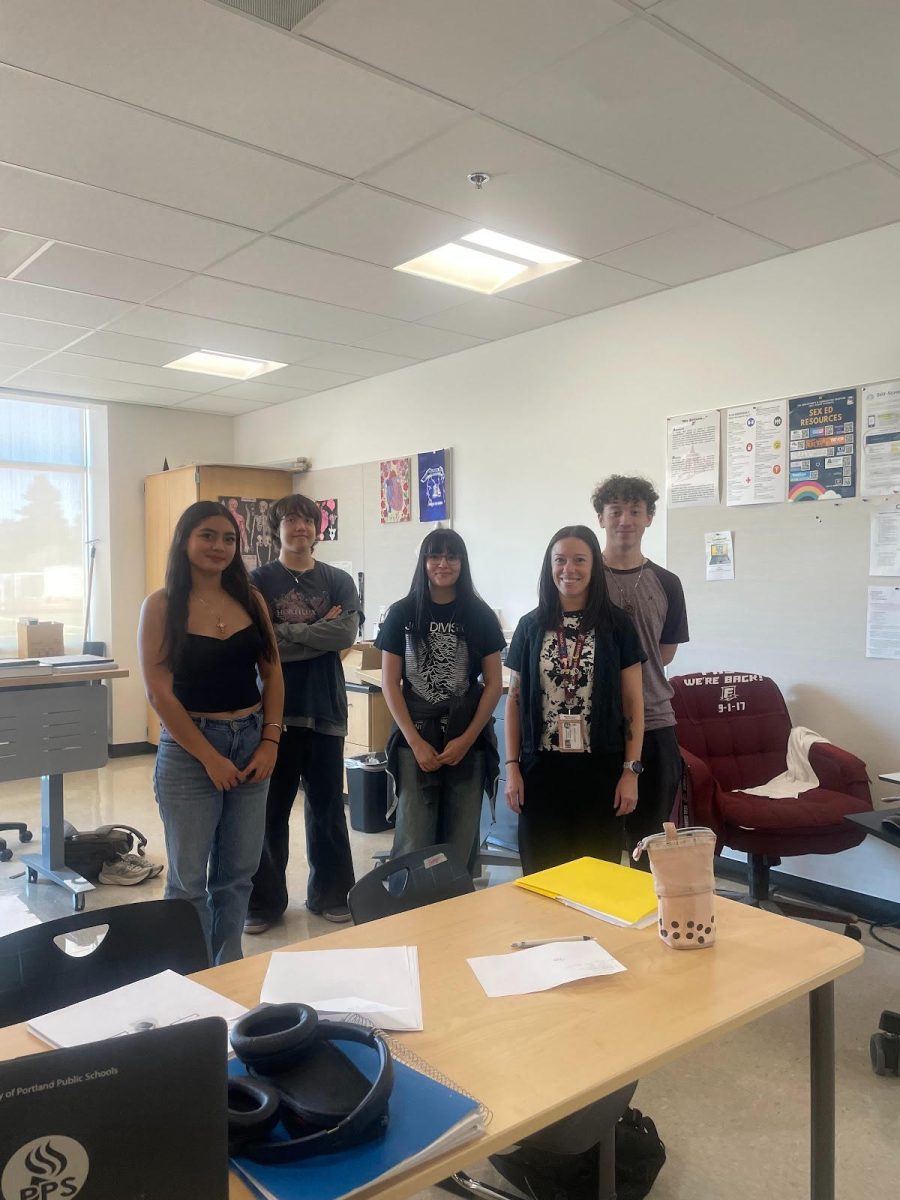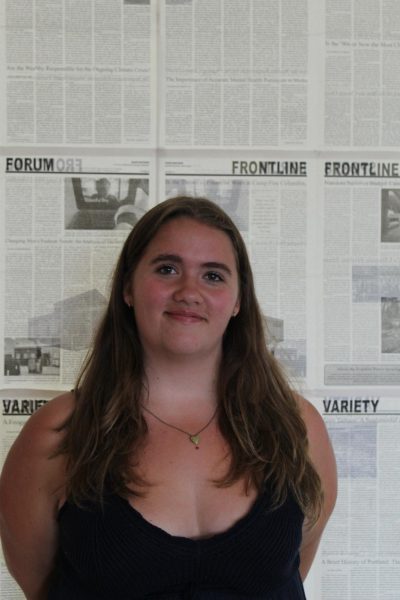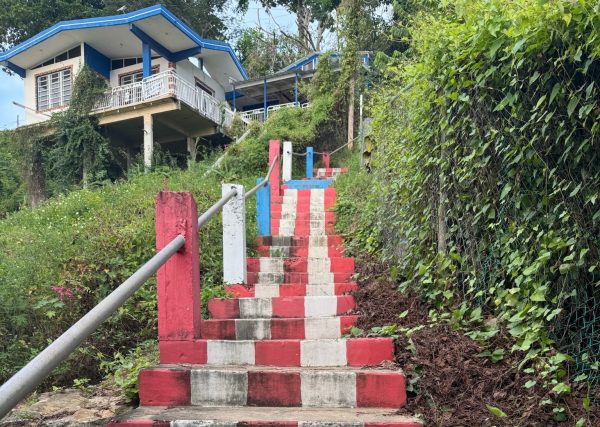
Photo by Kate DeWeese.
In 1898, Puerto Rico was ceded to the United States by Spain following the Spanish-American War. 127 years later, the people of Puerto Rico are still limited politically and economically as a U.S. territory. As of 2021, an estimated 5.8 million Puerto Ricans live in the U.S.; in contrast, Puerto Rico has a population of 3.2 million. The Puerto Rican Independence Party (PIP) was founded in 1946 in response to years of discontent surrounding the island’s status within the U.S. following the Jones-Shafroth Act of 1917, which granted Puerto Ricans U.S. citizenship. Since then, the party has repeatedly lost elections; in fact, in a 2024 referendum, 58% of Puerto Rican voters voted yes to statehood. Even still, Congress — which has full power over the territory — has failed to prioritize any changes proposed regarding independent or statehood status, according to Time Magazine. Despite this, the PIP still stands, and with artists like Bad Bunny actively shaping conversations around Puerto Rican identity in the U.S., many more are turning their heads at the idea of Puerto Rico’s independence.
“La mudanza” means “the moving,” a concept brought to light by the song, “LA MuDANZA” by Bad Bunny. This phrase and song explore the migration of Puerto Ricans to the U.S. due to economic and political hardship, and the importance of Puerto Rico’s culture and its people’s ties to the island. In his latest album, “DeBí TiRAR MáS FOToS,” Bad Bunny explores themes of nostalgia, regret, and — most importantly — his love for Puerto Rico. The title track, “DtMF,” broke the record for a Spanish-language song to reach number one on the charts in the most countries in Spotify history, according to Rolling Stone. Alongside “DtMF,” songs like “TURiSTA” and “LO QUE LE PASÓ A HAWAii” touch on the artist’s belief in the importance of Puerto Rican independence.
“TURiSTA” critiques the nature of tourism in Puerto Rico, specifically from the U.S., which benefits from the island’s beauty without acknowledging its rich history and painful colonial journey. Similarly, in “LO QUE LE PASÓ A HAWAii,” a lyric in the chorus reads, “No, no suelte’ la bandera ni olvide’ el lelolai / Que no quiero que hagan contigo lo que le pasó a Hawái.” Translated, this means “Don’t let go of the flag or forget the lelolai / I don’t want them to do to you what [they did] to Hawaii.” Bad Bunny sings to the island in this song; the “lelolai” references a scat technique used by the jíbaro — the traditional, self-sufficient farmer in Puerto Rican folk stories — and the verses explain what the “corrupt man” — a reference to the U.S. — wants to take away, describing how the U.S. profits off of Puerto Rico’s economy, which results in the exploitation of Puerto Rican residents and in their migration. In addition to advocacy through music, Bad Bunny consistently fights for Puerto Rico’s economic well-being; the artist’s 31-show residency in Puerto Rico boosted the island’s economy by an estimated $400 million.
Education also plays a key role in advancing the independence movement from the U.S.. “Despite the fact that [the U.S. is] the oldest constitutional democracy in the world, we’re also a country that still has colonies,” says Jenaro Abraham, an associate professor of political science at Gonzaga University and collaborator for Boricuas Unidos en la Diáspora (BUDPR) — a non-partisan, volunteer-led national advocacy organization that supports the decolonization of Puerto Rico and its independence. “Education … on this can help advance the cause of Puerto Rican independence.”
Abraham, who researches social movements in Latin America and anticolonial thought, believes that “[education] gives people an understanding that there’s a humanity in Puerto Rico, and that humanity is not being recognized by the United States.” He continues, explaining that U.S. citizens in the states have always held more political power than those living on the island; in Puerto Rico, any vote cast has to go through Congress, which has the power to ignore and deprioritize any decisions it deems necessary. “Education is key. It humanizes us, but it also permits us to get to people with more political power that can help change [Puerto Rico’s] situation.”
Cristalís Capielo Rosario, an associate professor at the Department of Counseling and Counseling and Psychology at Arizona State University (ASU) and collaborator with BUDPR, explains that at the beginning of every class, she plays a different Bad Bunny song. In fact, one of the projects she and her students are working on centers around dissecting his lyrics that talk about colonial conditions in Puerto Rico. “He’s such a good artist and entertainer. He’s not coming at you with books, he’s not coming at you like a professor,” she states, “he’s coming to you in a language that you understand, or even if you don’t understand the language, you look at the lyrics and it’s a creative way to have the conversation.”
Rosario utilizes Bad Bunny’s music in her classes every day to further education about Puerto Rico. “He’s a very good role model,” she says, “[His music] opens the door to learning [about Puerto Rican history] and to question things.”
Resistance to U.S. rule has always existed in Puerto Rican culture; it is only now that the media in the U.S. is beginning to capture it. In 1895, the flag of Puerto Rico was designed as a symbol of independence from Spain. After the island became a territory, the flag was outlawed. In 1952, it was officially adopted after Puerto Rico became a commonwealth, but was changed; this was the U.S.’s attempt to distance Puerto Rico from ideas of independence. Originally, the flag included a light blue tone, but it was darkened to match the American flag after it was officially adopted. Alongside songs advocating for Puerto Rico’s independence, Bad Bunny waves the island’s original independence flag high, including it in his merch designs, his social media presence, and his shows. “Aquí mataron gente por sacar la bandera / Por eso es que ahora yo la llevo donde quiera, cabrón, ¿qué fue?” Bad Bunny says in “LA MuDANZA,” meaning “Here, people were killed for raising the flag / That’s why I carry it everywhere, man, what’s up?”
Puerto Rican representation through art has always woven into the mainstream. “Preciosa,” a classic Puerto Rican patriotic composition by Rafael Hernández Marín, is about the island’s culture, history, and resilience, and was made famous by singer Marc Anthony in 1999. However, it wasn’t until the past two years that the continued fight for Puerto Rican independence was brought to attention for a global audience through music; Bad Bunny is Spotify’s most-streamed Latin artist in the world for 2024 and 2025.
With the continued discontent surrounding U.S. rule, it seems strange that communities on the island continue to vote in favor of statehood. Abraham compares it to the U.S. election in 2024. “Democrats are the hardest political coalition to get out to vote. They don’t agree on a strategy, and because of it, [they are] a numerical minority, … [and therefore] the folks that actually support Trump managed to win,” he explains. Using this analogy, it can be argued that because there were other options contrasting statehood in the most recent referendum in 2024, and Abraham says that many pro-independence voters boycotted the vote altogether: “most Puerto Ricans don’t want statehood.” Still, Congress has yet to move in compliance with any decision made by the citizens of Puerto Rico.
“La nación la representan quienes la afirman, no quienes la niegan,” states Abraham, referencing a famous quote by Pedro Albizu Campos, the leading figure in the Puerto Rican independence movement and the president of the Puerto Rican Nationalist Party in the 1930s:, “The nation is represented by those who affirm it, not those who negate it.”
Abraham believes that nationhood is for whoever — on the island, in the diáspora, or any U.S. citizen — is willing to contribute to Puerto Rico’s fight for independence. Highlighting Puerto Rican culture is the first step to distancing the island from colonial rule. This begins with education about self-determination, artists like Bad Bunny, and U.S. citizens beginning to understand the gravity behind Puerto Rico’s political situation and the importance of the island’s independence from the U.S.. “If you [live in the U.S.], just talking to your elected officials, talking to people in power, and making Puerto Rico an important issue, means the world to Puerto Ricans,” Abraham says, “because we do not have the political power to do [the same] in Puerto Rico.”
On “DeBí TiRAR MáS FOToS,” Bad Bunny’s song “LA MuDANZA” is the last track on the album. It underscores the value of Puerto Rico, its culture, and its people. Bad Bunny says, “De aquí nadie me saca, de aquí yo no me muevo / Dile que esta es mi casa, donde nació mi abuelo.” Roughly translated, this means “No one’ll kick me out of here, I’m not going anywhere / Tell them this is my home where my grandfather was born.” Throughout the album, Bad Bunny sings in remembrance of those lost to the island’s tragic past, but at the same time, he sings for the younger generation of Puerto Rico. It is a call for us, the Puerto Rican youth, to stand, know, and feel our culture. Those who still live there, those who live in the U.S. now; he is teaching us our history in a new, unique way, and inspiring thousands to reconnect with our culture and fight for Puerto Rico’s independence.
